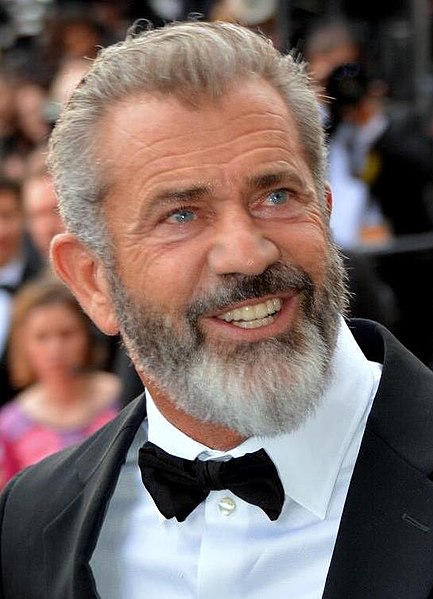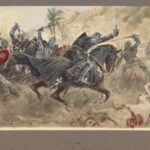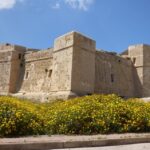| Malta Short Let: Cozy Stay in Gzira | |
|
Sliema Area Modern Designer Finished 2 Bedrooms + Games Room. First floor with Maltese Balcony Large back Terrace with swinging sofa Fully Airconditioned + Full Kitchen 3 TVs, including 65” with backlight. |
 |
|
Book Now: Google Travel | Direct (Cheapest) | Booking.com | Airbnb |
|
In a thrilling development for history enthusiasts and fans of epic cinema, Mel Gibson recently announced his plans to bring the legendary Great Siege of Malta of 1565 to life in a limited TV series. Known for his passion for historical dramas like Braveheart, Gibson’s latest project delves into the siege that defined Malta’s role in European history. His recent trip to Malta, where he met with Prime Minister Robert Abela and explored historic sites, sets the stage for what promises to be a grand cinematic experience.
When asked about his involvement, Gibson hinted at wanting to play a role but explained, “I’d like to be in it, but I don’t know if I’ll have the time, you know?” Despite his packed schedule, he confirmed his commitment as a producer, adding, “I certainly want to be a producer of it, and I’ve worked with a very talented writer on the script, so it’s going to be good for somebody.”

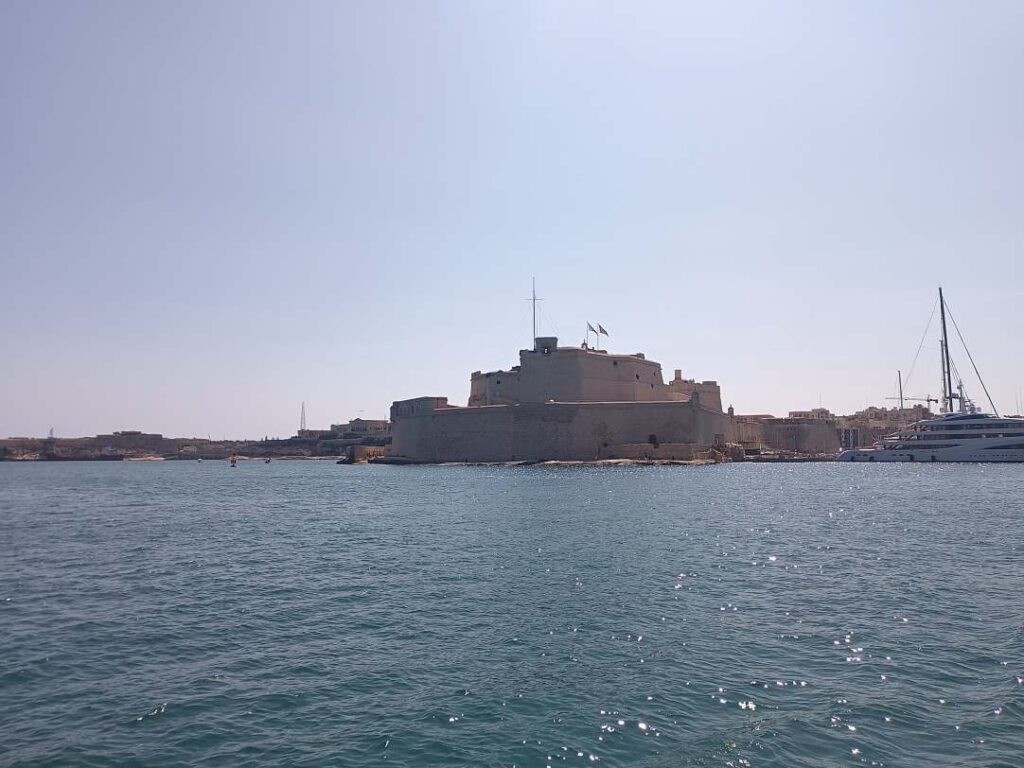
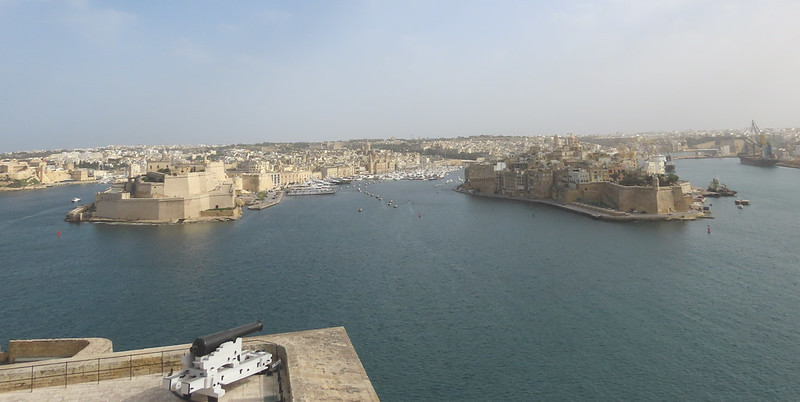
Unpacking the Historic Three Cities
The Great Siege took place within Malta’s Three Cities—Birgu, Bormla, and Senglea—fortified enclaves that were the heart of Maltese defense. The history of these cities and why did the knights build the three cities is intertwined with Malta’s defense strategies and is essential to understanding the events Gibson’s series will portray.
Strategic Fortifications in Birgu, Isla and Bormla.
The ideal film set.
Gibson’s project is expected to showcase the immense fortifications of Bormla, which were critical in fending off the Ottoman assault. Designed for survival under siege, these defenses were strategically planned by the Knights of St. John to create a nearly impenetrable bastion.
The Knights’ Tactical Genius
The siege wasn’t just a matter of defense; it was a brilliant clash of military minds. The Knights’ innovative strategies were instrumental in their victory, as seen in the tactics they employed in 1565 and how they exploited the Ottomans mistakes.
Malta’s Naval Power: Pirates and Corsairs
Beyond land defenses, Malta’s pirate and corsair legacy speaks to its powerful maritime tradition. The Knights’ use of corsairs added a unique layer to their defensive strategy, an aspect Gibson’s series may explore as he brings Malta’s naval prowess to light.
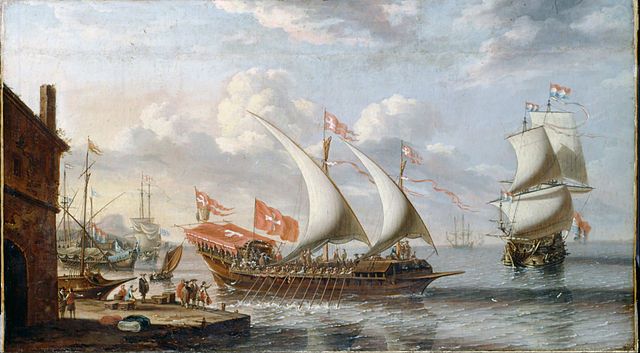
Siege Comparisons Across History
The Siege of Malta often draws parallels with other historical battles, including the Siege of Rhodes and the Siege of Osaka. Additionally, Malta’s survival under Ottoman attack mirrors the resilience seen at Gallipoli, highlighting its enduring role in military history and a comparison of sieges in 1565 and 1798 offers insight into how Malta’s approach to warfare evolved.
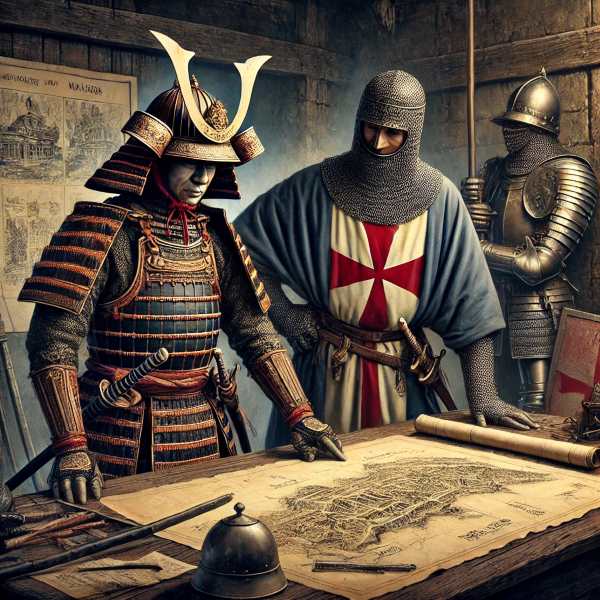
Turning the Tide of History
One of the most captivating elements of the siege was the Knights’ ability to exploit Ottoman mistakes. These turning points shifted the battle’s outcome and are anticipated to be focal points in Gibson’s storytelling.
Resilience Through Malta’s Fortified Past
Malta’s fortress history speaks volumes of its strength and determination in times of conflict. Beyond the Great Siege, the island continued to play a vital role in defense, as explored in Bormla’s rich historical narrative and Senglea’s unique features.
The Post-Siege Legacy
The impact of the siege resonated long after 1565. Malta’s unique standing as Europe’s first pan-European organization continued to shape its influence. Both the Knights and the Ottoman Empire felt the effects of this battle for generations, and Malta’s financial strategies became a model of resilience.
The Cultural Fabric of Malta: Pirates, the Inquisition, and Arab Influence
Malta’s culture has roots beyond the siege. From its pirate history to the lasting influence of Arab rule, the island’s past has been shaped by diverse influences. The Maltese Inquisition also played a critical role, adding layers to Malta’s complex identity.
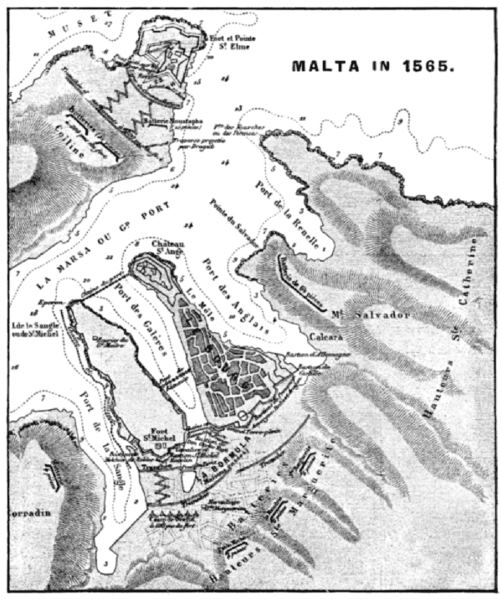
Uncomfortable Truths and Historical Comparisons
The Great Siege isn’t without its uncomfortable truths, and comparing Malta’s sieges with similar conflicts highlights the darker realities of warfare. These intricate layers could add depth to Gibson’s portrayal, creating a nuanced exploration of this epic event.
Human Resilience and Economic Impact
The resilience of Malta’s people during the siege was remarkable, as was their recovery afterward. Despite the devastation, life and commerce continued in the Three Cities, providing an economic foundation for Malta’s future growth.
Malta’s Enduring Legacy
The Great Siege of Malta left a legacy that endured through centuries, cementing the Knights’ role as defenders of Christendom. This series will shine a spotlight on the Three Cities, showing how their influence extended beyond Europe and into the broader Mediterranean world.
From Braveheart to Malta: Mel Gibson’s Cinematic Journey Through Epic Battles and Unbreakable Spirit
Gallipoli (1981) – World War I, 1915
Mel Gibson: Lead Actor (Frank Dunne)
Gallipoli follows the story of two young Australian soldiers, including Frank Dunne (played by Gibson), during the Gallipoli Campaign in World War I. This harrowing campaign echoes the experiences of Malta’s defenders during the Great Siege, where both the ANZAC troops and the Maltese forces faced intense siege conditions. The Gallipoli campaign, with its grueling trenches and phased assaults, is reminiscent of Malta’s own sieges in 1551 and 1565. Both Malta’s defenders and the ANZAC troops fought bravely against impossible odds, relying on resilience and tactical ingenuity to endure under the constant threat of annihilation. Gallipoli captures the courage, sacrifice, and tragedy of those who fight for their homeland, themes that are deeply resonant with Malta’s history.
Braveheart (1995) – Scottish Wars of Independence, late 13th to early 14th century
Mel Gibson: Lead Actor and Director (William Wallace)
In Braveheart, Gibson plays William Wallace, a Scottish freedom fighter who leads his people in their quest for independence against English rule. Much like Malta’s defenders against the Ottoman Empire, Wallace and his men are outnumbered but use their intimate knowledge of the terrain to gain a strategic edge. Both stories celebrate the indomitable spirit of those who defend their homeland against powerful invaders. Wallace’s fierce determination to preserve his people’s autonomy mirrors the Knights of St. John’s commitment to protecting Malta. Braveheart highlights themes of sacrifice, courage, and the power of unity—values that the Maltese forces embodied as they stood their ground against the Ottoman siege.
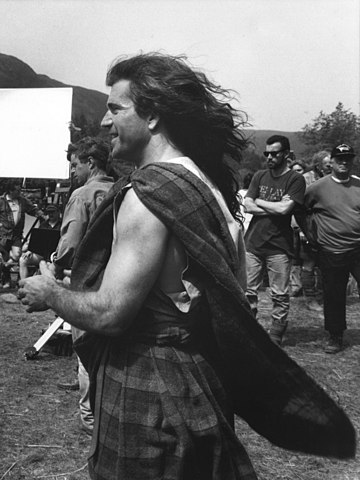
Credit : Scott Neeson
The Patriot (2000) – American Revolutionary War, 1775–1783
Mel Gibson: Lead Actor (Benjamin Martin)
In The Patriot, Mel Gibson stars as Benjamin Martin, a colonial farmer turned soldier who employs guerrilla tactics to confront British forces during the American Revolutionary War. This use of unconventional warfare—such as ambushes and hit-and-run strategies—mirrors Malta’s defensive tactics during the Great Siege of 1565, where the Knights and Maltese leveraged the fortified cities of Birgu and Senglea to resist the Ottoman forces. Both conflicts underscore the strategic value of local knowledge and the ability of a smaller, determined force to outmaneuver a larger, better-equipped adversary through innovation and familiarity with the terrain. Additionally, both narratives speak to the role of civilian fighters who, though not formally trained soldiers, engage in battle to defend their homelands.
We Were Soldiers (2002) – Vietnam War, 1965
Mel Gibson: Lead Actor (Lt. Col. Hal Moore)
In We Were Soldiers, Gibson portrays Lt. Col. Hal Moore, an American commander facing overwhelming North Vietnamese forces during the Vietnam War at the Battle of Ia Drang. Like the small Maltese forces confronting the massive Ottoman army, Moore’s men must leverage discipline, unity, and tactical innovation against a larger enemy. Malta’s defenders faced a similarly relentless foe, requiring them to stand united and exploit every advantage. Both the Vietnam War and the Siege of Malta reveal the psychological endurance needed by those who find themselves outnumbered and outmaneuvered, underscoring how defensive positions and adaptability in tactics become crucial under such circumstances.
The Passion of the Christ (2004) – 1st Century AD, Roman Empire
Mel Gibson: Director and Producer
Though The Passion of the Christ is not a war film, Gibson’s portrayal of Christ’s endurance, sacrifice, and spiritual strength draws strong parallels to Malta’s defense against the Ottomans. For the Knights of St. John, the siege was more than a military battle; it was a spiritual mission to protect Christendom. Gibson’s intense focus on resilience in The Passion echoes the Knights’ determination, with both stories emphasizing sacrifice and faith as driving forces. This connection to the themes of martyrdom and moral fortitude makes The Passion a unique complement to the Siege of Malta’s historical context.
Apocalypto (2006) – Mayan Civilization, circa 1500s
Mel Gibson: Director and Producer
In Apocalypto, Gibson presents the story of a Mayan villager fighting for survival as his world is overrun by violent invaders. This tale of resilience closely parallels Malta’s experience during the Great Siege, where the Maltese used intimate knowledge of their land and fortifications to resist a vastly larger and organized force. Just as the protagonist of Apocalypto relies on his surroundings and local expertise, Malta’s defenders exploited their fortified cities and understanding of the local terrain to survive. The film explores the primal instinct to defend one’s land and people, a sentiment that Malta’s defenders deeply understood.
Hacksaw Ridge (2016) – World War II, Battle of Okinawa, 1945
Mel Gibson: Director
Hacksaw Ridge tells the true story of Desmond Doss, a pacifist medic who rescues his fellow soldiers under intense enemy fire during the Battle of Okinawa. Gibson’s direction highlights themes of courage and self-sacrifice that resonate with Malta’s defenders during the siege. Like Doss, who repeatedly risks his life to save others, Malta’s defenders risked everything to protect their people from Ottoman forces. The film emphasizes compassion amid chaos, a parallel to the unity and resilience demonstrated by Maltese civilians and Knights who stood together against overwhelming odds.
A Natural Fit for Gibson’s Cinematic Eye
Known for his ability to capture historical narratives, Gibson is uniquely suited to tell Malta’s story of resistance. The island’s blend of history, culture, and architectural brilliance makes it an ideal location for an epic saga like this, from fortifications to the intricate dynamics of naval warfare.
Photo Credit Top Pic : Georges Biard
YouTube video of Mel Gibson in Brave Heart : https://www.youtube.com/watch?v=G4Ym9zokSZo
“What will you do with your freedom? Will you fight or run? Fight, and you may die. Run, and you’ll live… at least for a while. And dying in your beds, many years from now, would you be willing to trade all the days from this day to that, for one chance, just one chance, to come back here and tell our enemies that they may take our lives, but they’ll never take our FREEDOM!” Mel Gibson in Brave heart.

